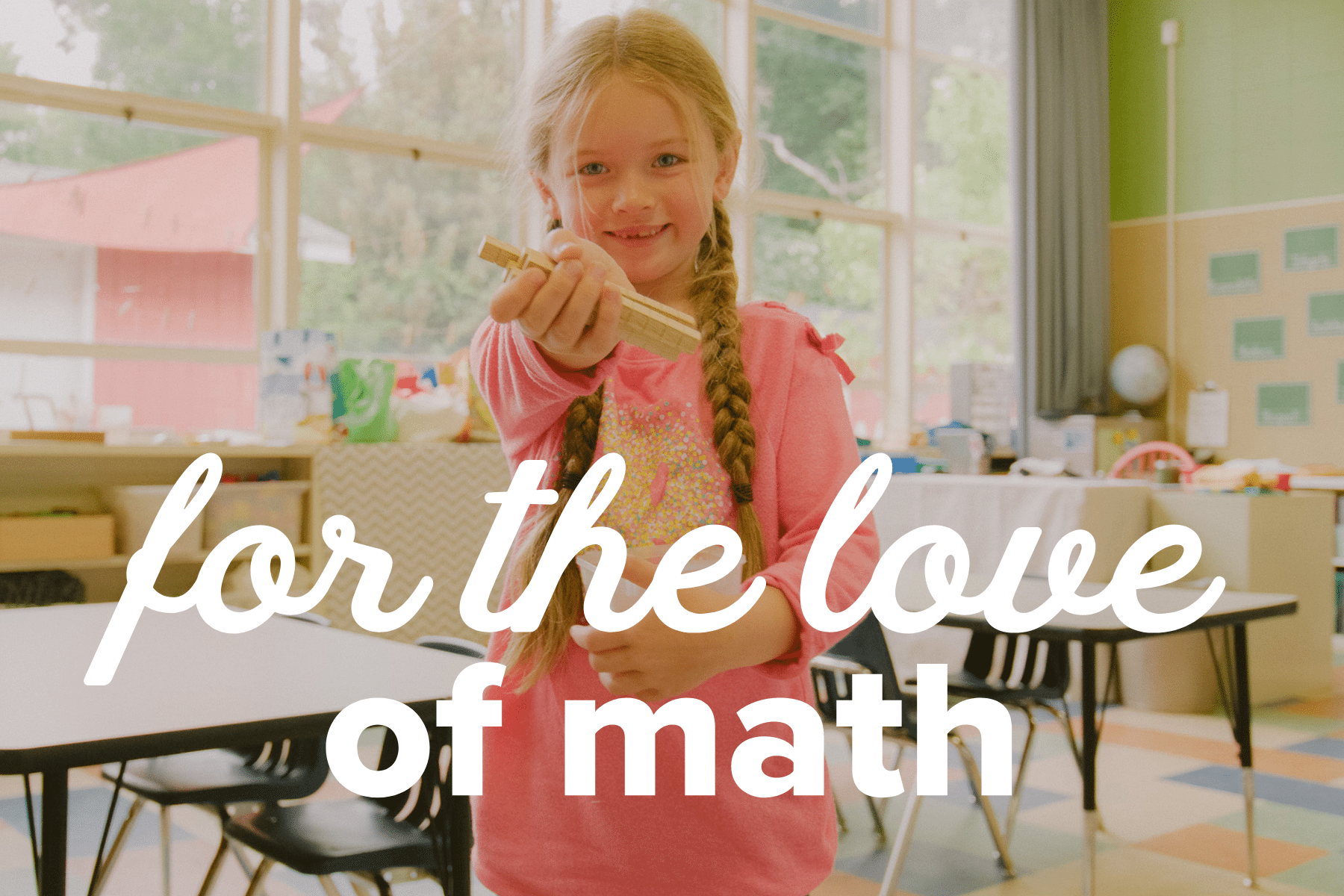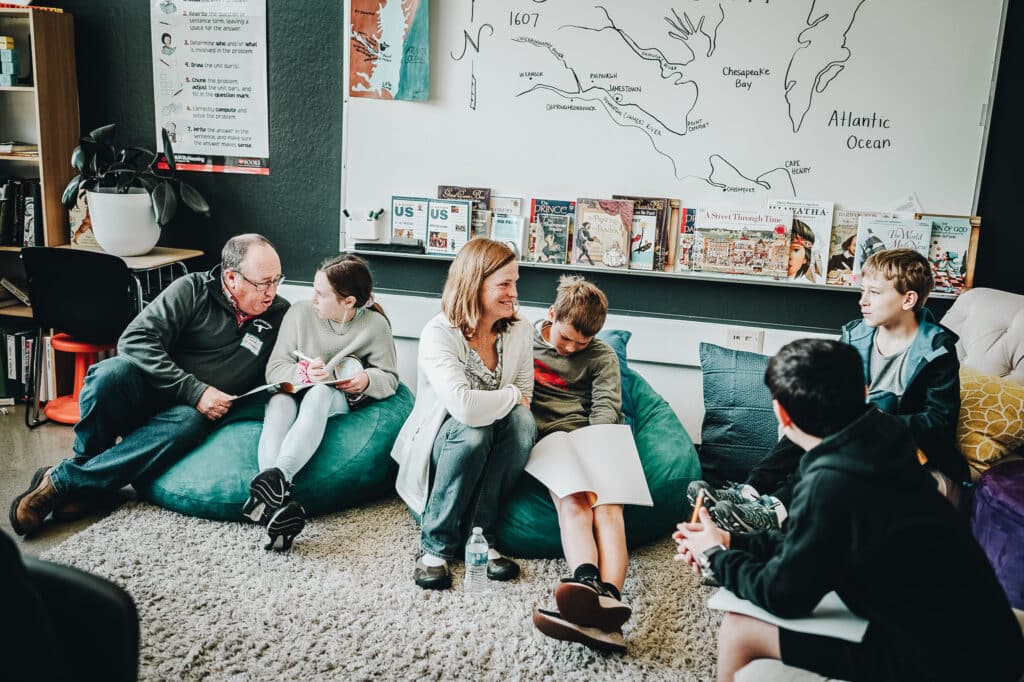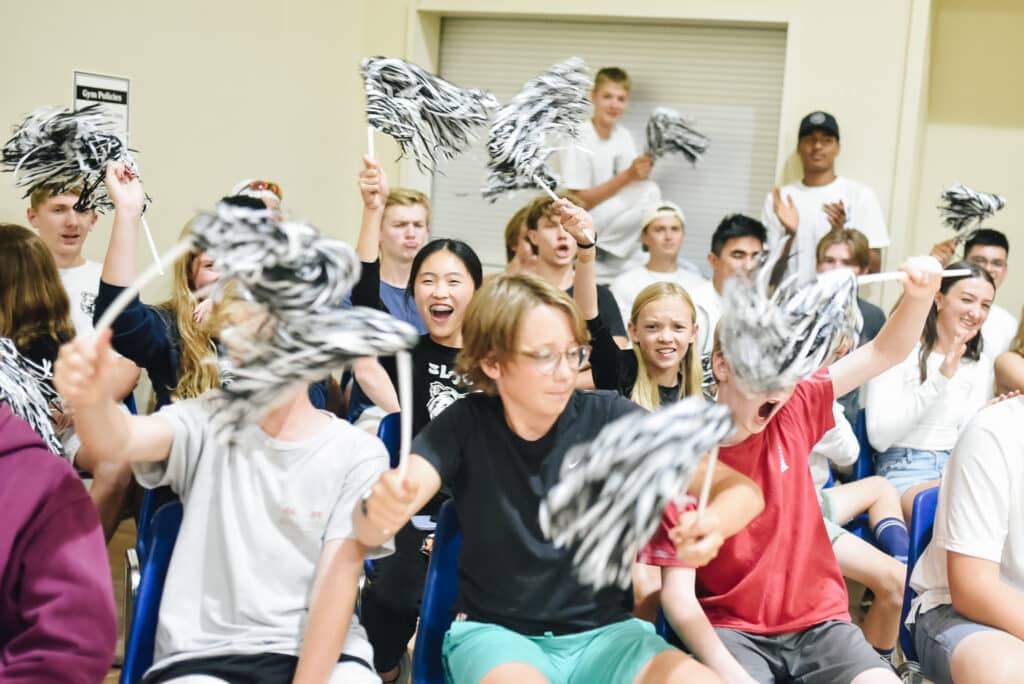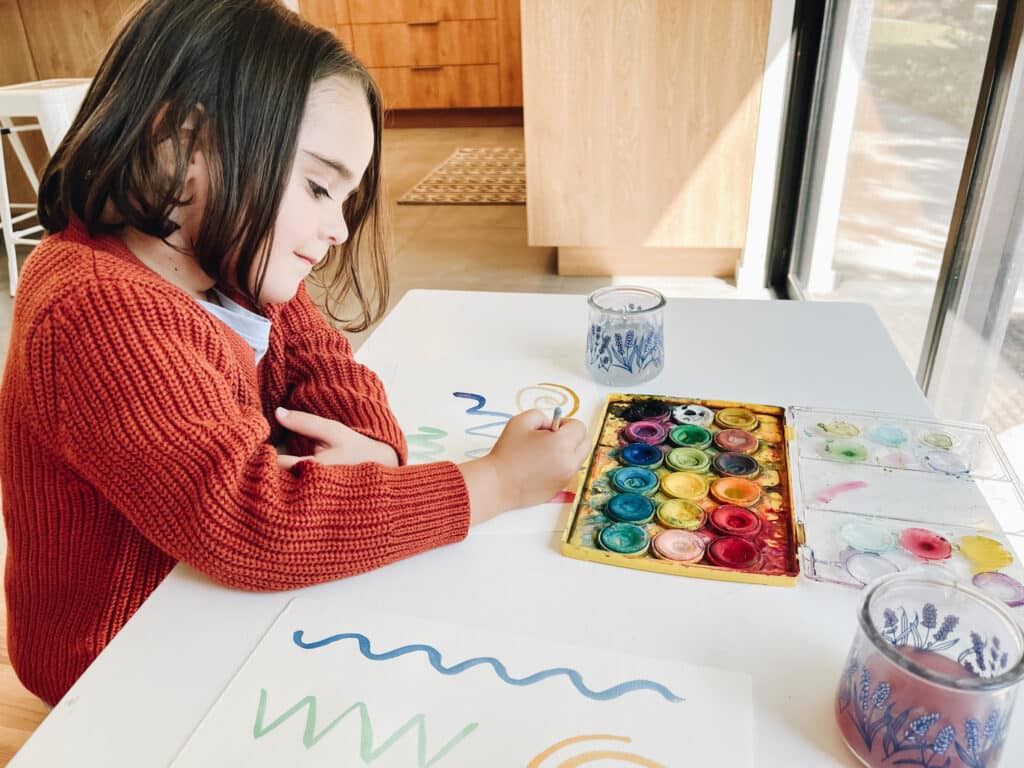What comes to mind when you think back on your experiences learning math in school? For most people, math is a subject that can bring up strong feelings and memories—and very often not very positive ones. At SLOCA, we believe in cultivating the love of learning, and we are attempting to change this with our mathematics curriculum from kindergarten through 6th grade with Singapore Math. It’s a different approach to teaching and learning math—a more enjoyable and effective approach than the way most of us learned in school. Because we believe so much in it, we created training videos for every level to not only help students learn maths but to help parents teach it!

And to help give you a better foundation on what Singapore Math is all about, we are releasing a series of posts by SLOCA (and Singapore Math) graduate, Sadie Richert. This series will take you through the fascinating history, approach, and essentially the “why” of Singapore Math. Currently a student at Wheaton College, IL, Sadie used the Singapore Math program through the 6th grade and is a passionate proponent of innovations in elementary math education.
Today, we jump right into this illuminating series with an introduction and some background on the Singapore Math curriculum (spoiler alert—yes, it IS actually from Singapore!):
American children routinely profess a dislike of math. Recalling our own mathematics education, many adults would sympathize with this perspective—drilling long division problems or adding fractions were not highlights of our elementary school days! Personally, I recall many math lessons with my mother which concluded with exasperated tears blotching my scrawled arithmetic. However, when I first encountered Algebra 1 in middle school, I became captivated by the possibilities of this system of knowledge. My fascination increased as I continued exploring math concepts throughout high school.
In retrospect, I have realized that the foundation of mathematics offered me in elementary school enabled my future achievement in math. In the modern age, mathematical proficiency is a key to success, not just for those pursuing STEM careers (though these increasingly dominate the job industry), but also for those who seek to reason well, write well, or simply price match at the grocery store.
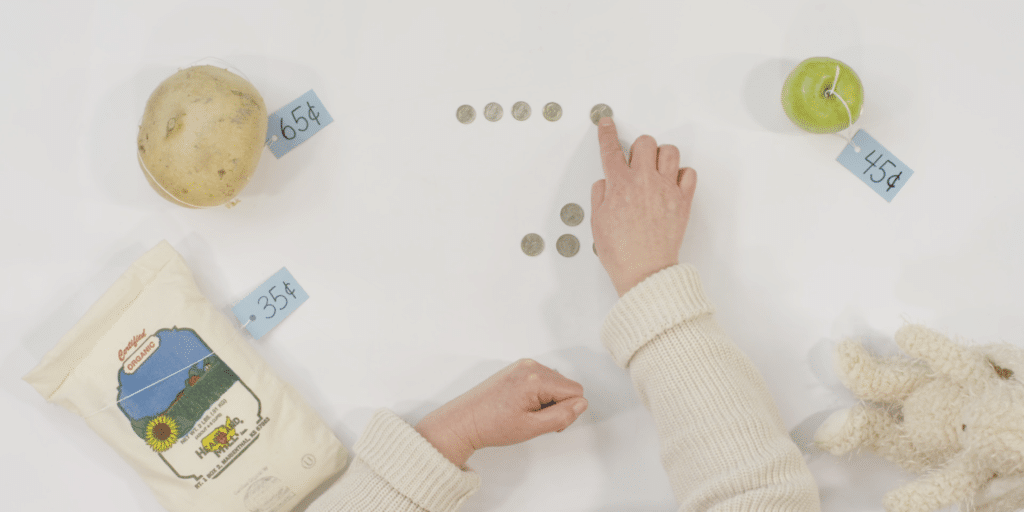
So why do United States elementary school children dread math class? Perhaps because traditional approaches teaching elementary math in the US leave students without fundamental mathematical intuitions and instead with a problematic sense that they are incapable of excelling at math. Certainly, some students grasp mathematical concepts more rapidly than others, however as math-educator Wenxi Lee affirms, all “children can develop an affinity for and sensitivity towards numbers and mathematical concepts when they build a strong foundation in elementary school.” The Primary Mathematics curriculum first developed in the country of Singapore and later introduced to schools in the US offers just such a foundation for students. Conveying the unity of mathematical concepts with its unique “Spiral-Mastery” structure, the Singapore method introduces topics via a Concrete-Pictorial-Abstract sequence of exploration, encouraging students to visually model scenarios. Assessing processes of mathematical reasoning rather than merely solutions obtained, Singapore math cultivates students who approach problems with confidence, perseverance, and, ultimately, an adept ability to reason mathematically with creativity and accuracy.
BACKGROUND
How and Why Did Singapore’s math curriculum come to the US?
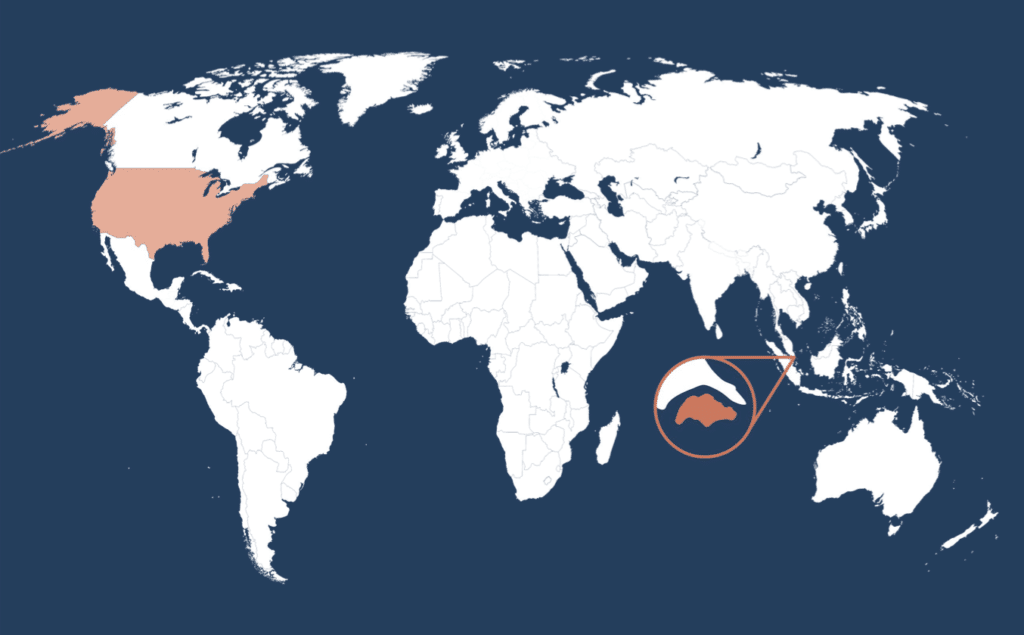
A tiny Southeast Asian country with a population of 6 million, Singapore has proven itself as an educational powerhouse, leading the world stage in rankings on international assessments such as the TIMSS (Trends in International Mathematics and Science Study) and the PISA (Program for International Student Assessment).
These high performances began shortly after Singapore gained independence in the 1960s and began developing its own curriculum instead of using imported materials. The provided table from the Singapore Math website offers a comparison between US and Singapore scoring on the TIMSS and PISA, differentials consistent across decades of testing. As the US National Center for Education Statistics documents, the most recent TIMSS assessment in 2019 again witnessed Singapore scoring the highest of participating countries.
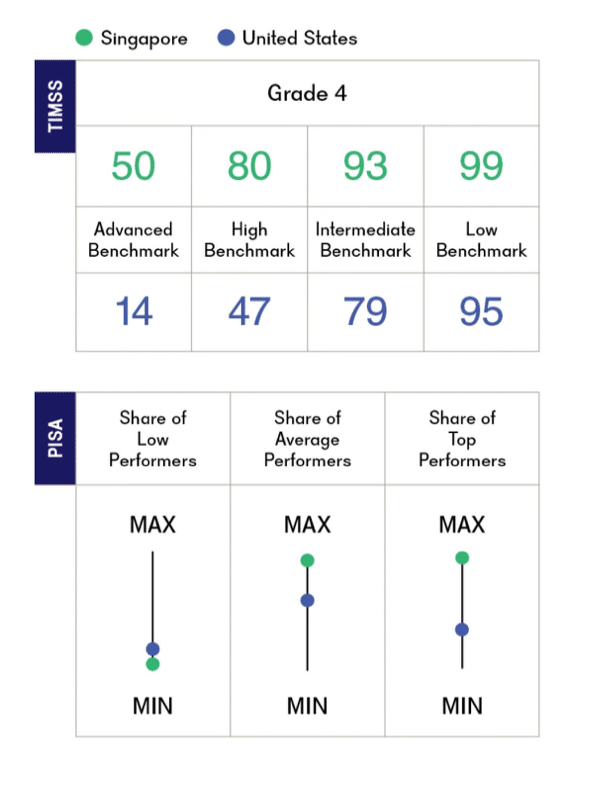
These high performances began shortly after Singapore gained independence in the 1960s and began developing its own curriculum instead of using imported materials. The provided table from the Singapore Math website offers a comparison between US and Singapore scoring on the TIMSS and PISA, differentials consistent across decades of testing. As the US National Center for Education Statistics documents, the most recent TIMSS assessment in 2019 again witnessed Singapore scoring the highest of participating countries.
High scores do not necessarily stem from successful educational methods. Certainly, in Singapore, economic and societal factors contribute significantly to student achievement.
Driven in part by a fervor for success—the local saying kiasu or “scared to lose” is indicative of this emphasis—Singapore parents, students, and government have invested heavily in education. Review manuals flood bookstores, tutoring services are booked with appointments, and curricula developed first in the 1980s are routinely revised and updated. Additionally, Singapore’s centralized, standardized system overseen by the Ministry of Education is vastly different from the traditional US system in many respects, and, while relatively diverse, Singapore’s small population (who, it must be added, live in a city with some of the most expensive housing in the world) cannot be compared to that of the US. As Wenxi Lee notes, “education systems are fundamentally bound by cultural and socio-political forces,” and consequently, merely transplanting Singapore’s math textbooks to the US cannot be expected to suddenly improve students’ math experience (or their scores on exams). When Dawn and Jeffery Thomas first published versions of Singapore’s Primary Mathematics for a US audience in 1998, they did so because they recognized different pedagogical aims in Singapore’s curriculum from those of traditional programs like Everyday Mathematics or Saxon Math.
While in “typical U.S. math programs, students get a worked example, then solve problems that very closely follow that example, repeating all the same steps with different numbers,” Primary Mathematics is a holistic approach to teaching math which helps students make connections between math concepts and apply them to new scenarios.
Stay tuned for our next post in our “For the Love of Math” series! We will dig into what specific tactics distinguish the Singapore method from other approaches to teaching mathematics.
We are also running this series on our Wisdom Wonder Project blog. WWP provides Singapore Math videos as a subscription service to anyone interested in using them as part of their K-6 math education. As a SLOCA family, you may have seen these video resources linked in your weekly grids, as we provide them to our community for no additional charge. For more information, click here.
Sadie Richert completed Calculus 3 (completed at CSU Cal Poly) by her senior year in high school. She is currently pursuing a Bachelor of Music degree in violin, with elective studies in Mathematics and a Classical Languages minor at Wheaton College.





